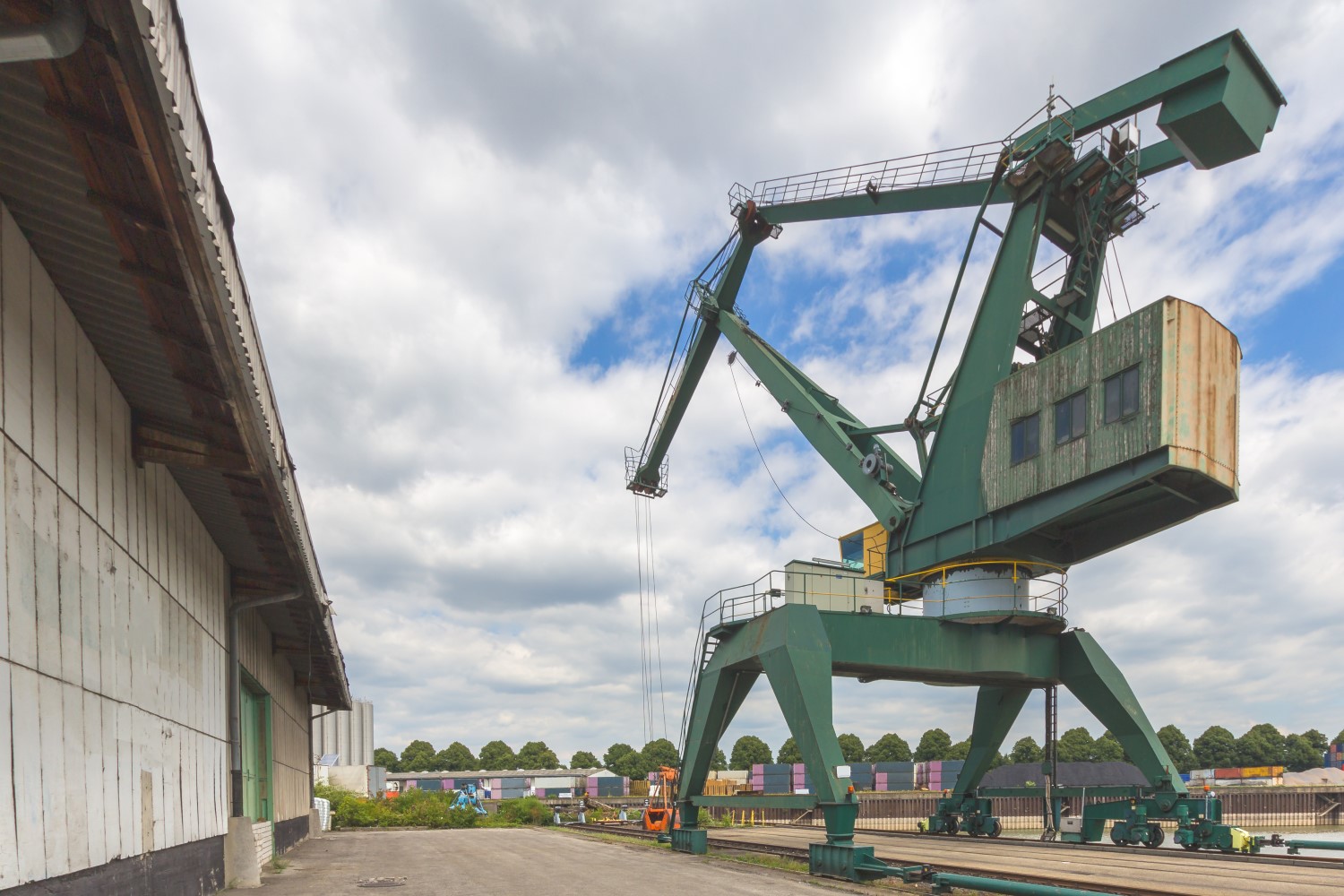Transloading encompasses various types tailored to diverse cargo and transportation requirements:
- Ship-to-truck transloading involves transferring cargo from a ship directly to a truck for final delivery.
- Train-to-barge transloading sees cargo moved from a train onto a barge, typically for transportation along waterways.
- Truck-to-rail transloading entails transferring cargo from trucks to rail cars, facilitating shipment via train networks.
- Intermodal transloading allows for the transfer of cargo between different modes of transportation, such as from container ships to trucks or trains. Each type of transloading caters to specific cargo and transportation needs, contributing to the efficiency and flexibility of modern supply chains.
Each type of transloading serves a unique purpose, optimizing logistics and ensuring the seamless movement of goods across different transportation channels. Whether it's adapting to specific cargo requirements or leveraging the advantages of various transportation modes, these diverse transloading methods play a vital role in modern supply chain management, facilitating flexibility, efficiency, and cost-effectiveness in cargo transportation.
